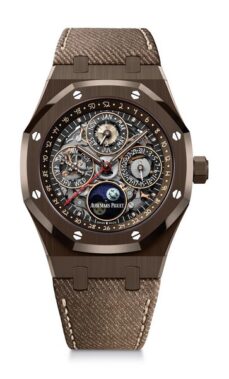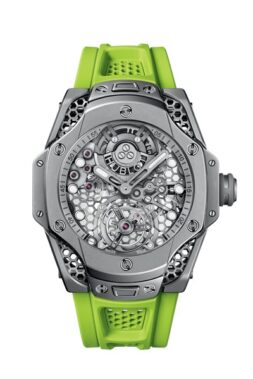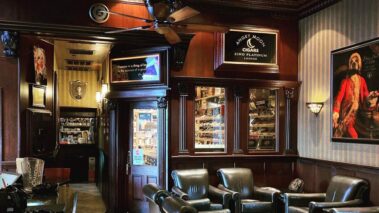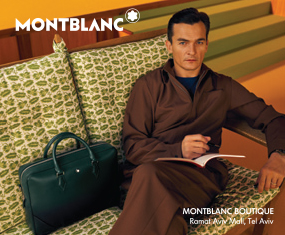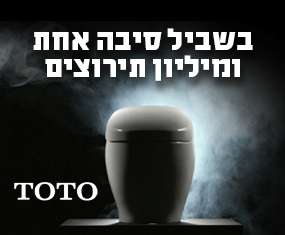Mid-December. Everything around is white, with snowflakes falling softly. Absolute silence, except for the faint jingling of the iron horseshoes of the horses pulling the snow-covered sleigh adorned with shiny copper. Occasionally, the bell on one of the horses rings softly with each right or left turn. I’m wrapped in a thick sheepskin coat, with a warm red woolen cover on top. The coachman talks to the horses in a language unknown to anyone, and they obey him. I feel like Doctor Zhivago, on the way to the long-awaited meeting with Lara. A surreal scene, leaving deep tracks on the heavy snow.
I am in Moldova, a country that was once part of Romania (Bessarabia), later under Russian and Soviet rule, until it gained independence with the fall of the Soviet Union in 1991.

The Republic of Moldova is located between Romania and Ukraine. Its official language is Romanian, with Russian serving as a second language. It’s a small country with about 3.5 million inhabitants, most of whom are engaged in agriculture, with a focus on viticulture and wine production. During the Soviet era, it was the primary wine supplier to the USSR. Its wine industry is ancient and relatively large in quantity, yet it has not fully succumbed to the modernization of the industry. Vineyard management and harvesting remain manual, most production systems are outdated, and only recently have metal containers and local and French oak barrels started to make a significant impact, with more modern production methods beginning to enter the wineries.
Moldova’s viticulture grows a limited amount of classic red varieties such as Cabernet Sauvignon, Pinot Noir, and Merlot, and a larger quantity of local red varieties like Rara Neagra and Feteasca Neagra, which produce wines with a Romanian character. In whites, the classic Chardonnay leads, along with Feteasca Regala, the country’s top variety.
In Moldovan agricultural tradition, the concept of “Vin de Casa” (“house wine”) is very common. Both veteran and new winemakers produce their own wine in their backyard. It’s a tradition, a custom, and a part of the lifestyle in Moldova, a country of wine by any definition. About 1.5 million acres of vineyards, an ideal climate with cold winters and warm summers, and mineral-rich soil. The country has four wine-growing regions: Balti in the north, with mainly white wines; Codru in the center, with wines of all varieties; Purcari in the southeast, known for the local Rara Neagra variety; and the southernmost Cahlau region, known for its sweet wines.
At the heart of the matter
My journey through Moldova’s pastoral winter landscapes naturally leads me to the real reason for my visit – exploring the wineries and tasting their wines. Join me as I visit three of the best.
The Winery: Milestii Mici
The famous “Wine Well,” the hallmark of this vast winery, welcomes visitors. It’s a sort of white sculptural barrel with giant bottles pouring red liquid resembling wine into glasses. Entering the winery’s long cellars, you board an internal train that travels through the main tunnel, then through Chardonnay Street, Cabernet Sauvignon Street, and finally stops at Feteasca Street. Yes, the winery’s “streets” are named after grape varieties. The streets are tunnels carved into the rock, lined with tens of thousands of bottles in monumental horizontal niches, in complete silence. The largest winery in the world, according to the Guinness World Records, is located near Chișinău, the capital of Moldova. Its longest cellar stretches over 200 kilometers, with only 50 kilometers in daily use. The temperature in the winery’s cellars is constant year-round, between 12 and 14 degrees Celsius, with relative humidity between 85-95 percent – ideal conditions for aging wine over long periods.

[I remember the entrance to Milestii Mici very well. The crackling of the burning wood in the red fireplace of the guest room – I remember. The numerous wine bottles I tasted – I remember. Even the sausages and mamaliga I remember. How I returned to the hotel – I don’t remember…]
The Wine: Milestii Mici Codru 1987

Milestii Codru 1987 is a dark red wine that spent an indefinite period in oak barrels from Russia, Ukraine, and France. The barrels serve as storage vessels until orders are placed, and the wine is bottled only after a confirmed order. Thus, it’s unknown how long it truly spent in the barrel. Mostly Cabernet Sauvignon with 25% Merlot. Upon uncorking, the wine reveals the character of an oak forest, with aromas of damp earth and subtle saltiness. The Cabernet Sauvignon dominates the body and spice, while the Merlot adds a delicate roundness and ripe red fruit. The age is evident, the cork is old, the wine is full-bodied, modest in alcohol, smooth, and rich with meaty red fruit. It’s suited for a festive meal with aromatic and fatty meats.
The Winery: Chateau Purcari
In 1827, Russian Tsar Nicholas I declared Purcari Winery as a special winery, the only one (at that time) approved to supply wines to the imperial court. In 1878, the winery won an international award at the Paris Wine Exhibition, and in 2012, it produced its first ice wine.

That same year, it received the Grand Prix from the Moldovan government for excellence in local industry. It is the oldest winery in the country, with approximately 2,500 hectares of vineyards. Located about 15 kilometers south of Chișinău, the winery features a classic semi-French chateau-like structure with white walls and a wall reminiscent of Jerusalem’s (ours is prettier). It is known for producing capable wines and uses French barrels (among others). It has a modern visitor center with free wine tastings and a venue for events and casual drinking.
The Wine: Purcari Pinot Grigio 2014

A delicate white wine in a traditional Italian style, balanced and easy to pair with food. It has a golden straw hue, a modest body, pleasant acidity, and a touch of alcohol. It features floral aromas and flavors along with fresh-cut grass. The wine is light and refreshing, having spent six months in French oak barrels, though the oak influence is barely noticeable due to the short aging period. Ideal for pairing with fish and seafood, cold meats, and white cheeses.
The Winery: Château Vartely
About 45 kilometers from Chișinău, this relatively new winery (established in 2004) resembles a classic local chateau with a red sloping roof and wooden balconies, situated on top of a gray stone hill. It also serves as a romantic retreat. Three additional buildings, distinct in their design, function as luxury guesthouses. Behind the winery, you’ll find large stainless steel tanks, a clear sign of modern and advanced industry.
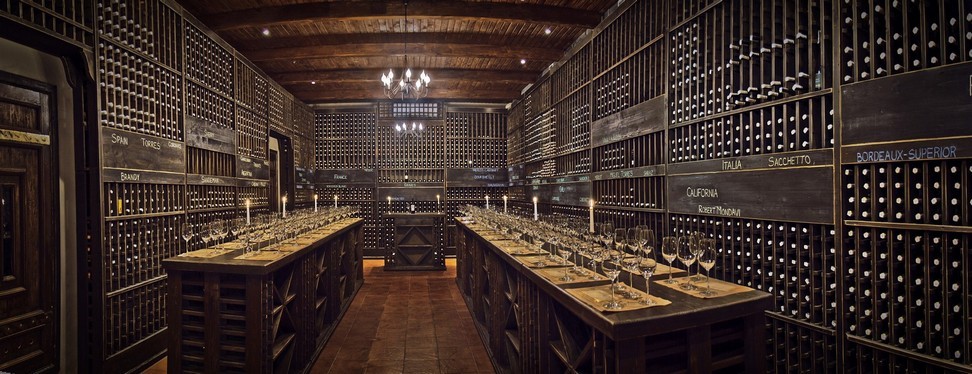
The winery includes an elegant visitor center, an event hall, and a tasting room with carved wooden walls and uniformed hostesses. It’s like California in Moldova. The winery, with its semi-classical building and vast surrounding vineyards (2,600 hectares), represents a blend of local tradition and modern wine-making. It features state-of-the-art equipment, two systems for receiving grapes, and two systems for filling the wine. It produces a wide range of wines, including sparkling and ice wines. The sparkling wines are made using traditional methods from various grape varieties, with a focus on the hybrid Feteasca Regala, characterized by defined acidity, freshness, and aromas of deciduous fruits. A visit to Château Vartely highlights the progress of viticulture and winemaking in post-communist Eastern Europe.
The Wine: Vartely Brut Spumant Classic Matur Roz

A floral wine or a wine of flowers. There’s nothing quite like sparkling wine with its floral and aromatic notes. Made using the classic method – secondary fermentation in the bottle and all the related processes. Brut wine is defined by its low residual sugar content, sometimes completely dry. It’s a joyful wine,
Millions of bubbles seeking freedom fill the tasting room with aromas of roses and citrus zest. Refreshing with measured acidity. Encased in a chic bottle, even the color is thirst-inducing. A beautiful wine, perfect for any celebration.
Some of Moldova’s oldest wineries proudly showcase collections of rare and aged wines. These collections are worth visiting, if not to purchase, then at least to appreciate the rich and interesting variety. It’s recommended to visit on National Wine Day, which takes place annually in the fall, after the harvest, specifically on the second weekend of October. Wine festivals attract thousands of tourists to the major wineries – celebrations to the point of inebriation in the wineries and vineyards, not just for wine lovers.

